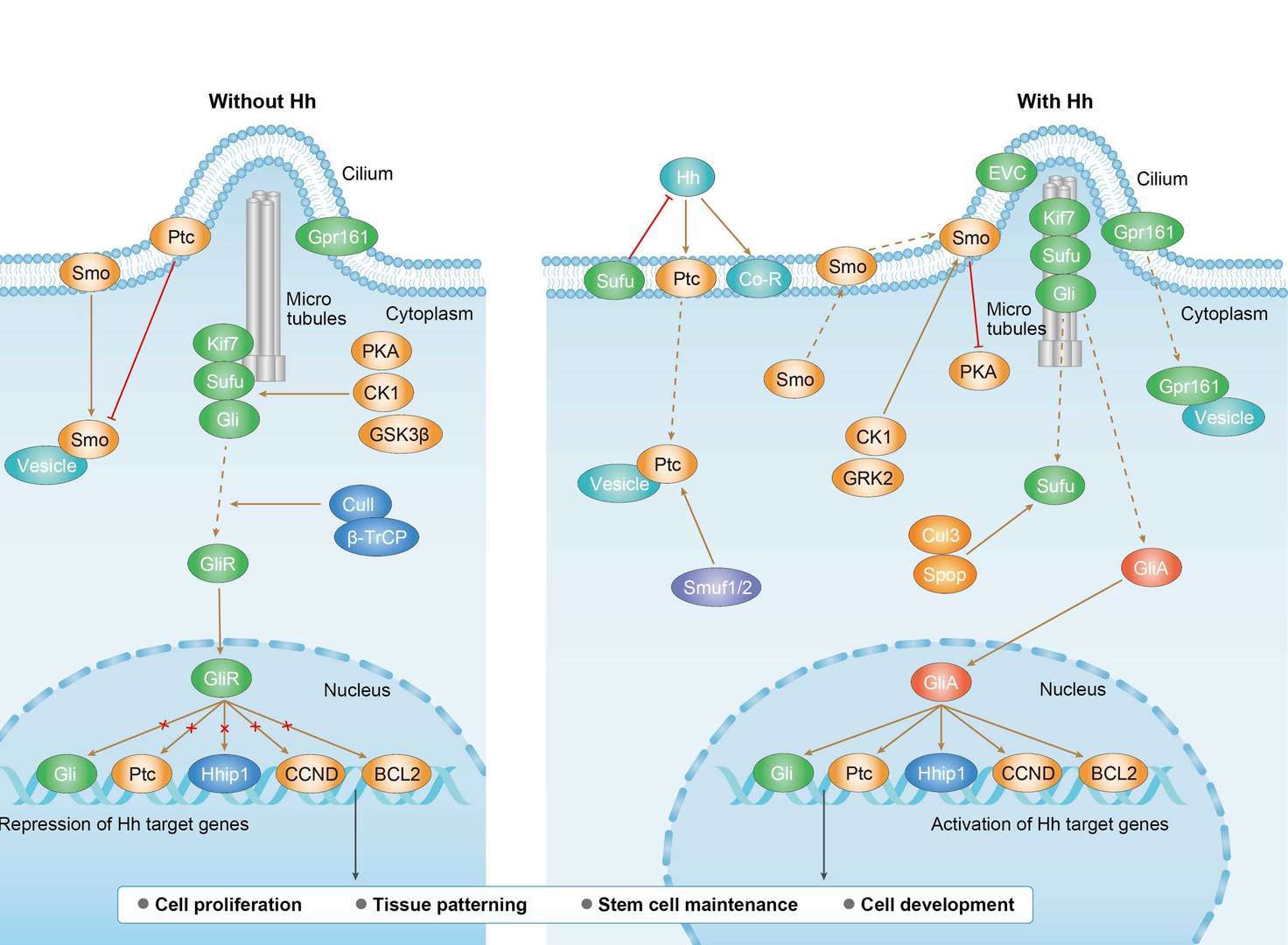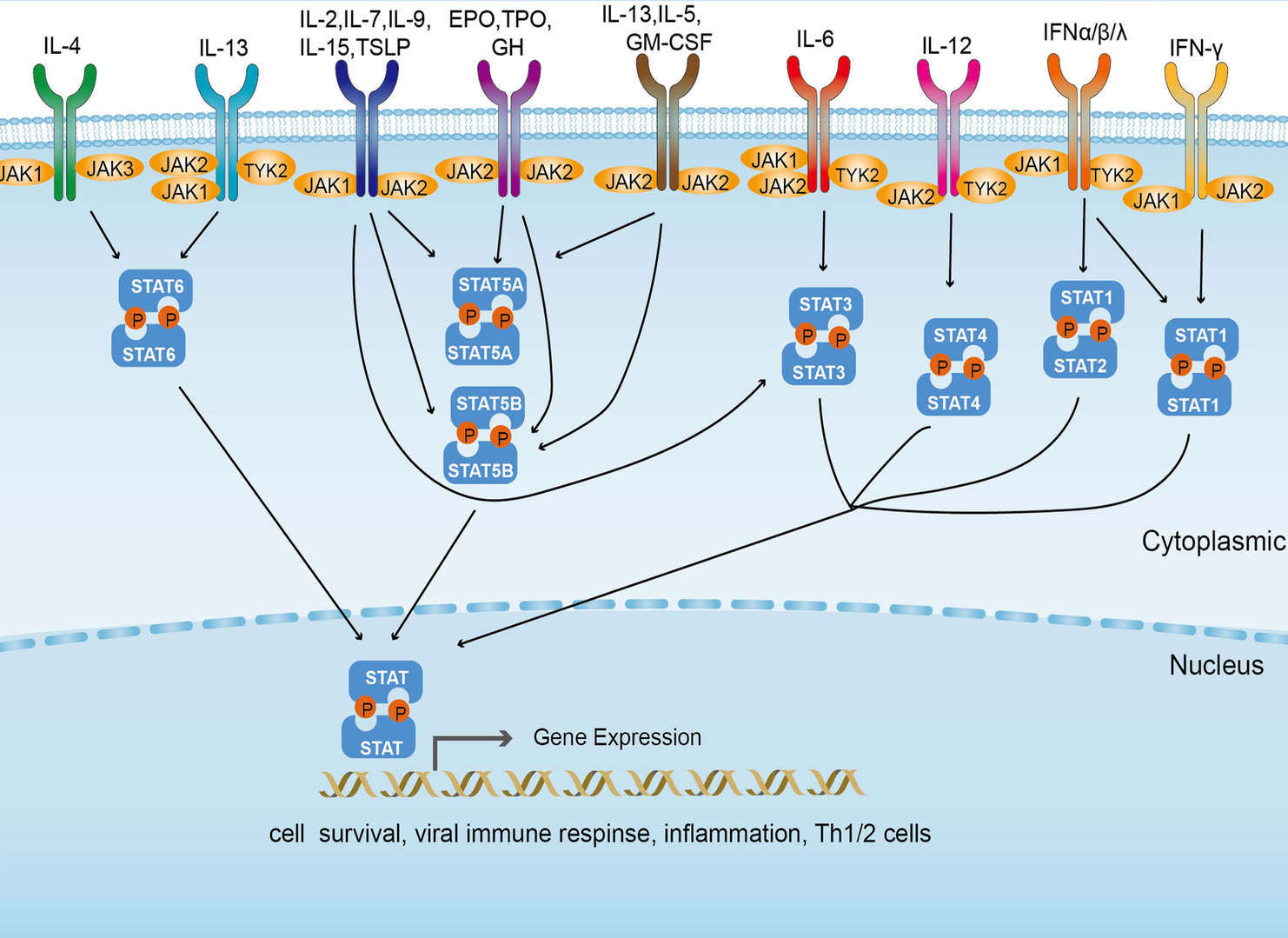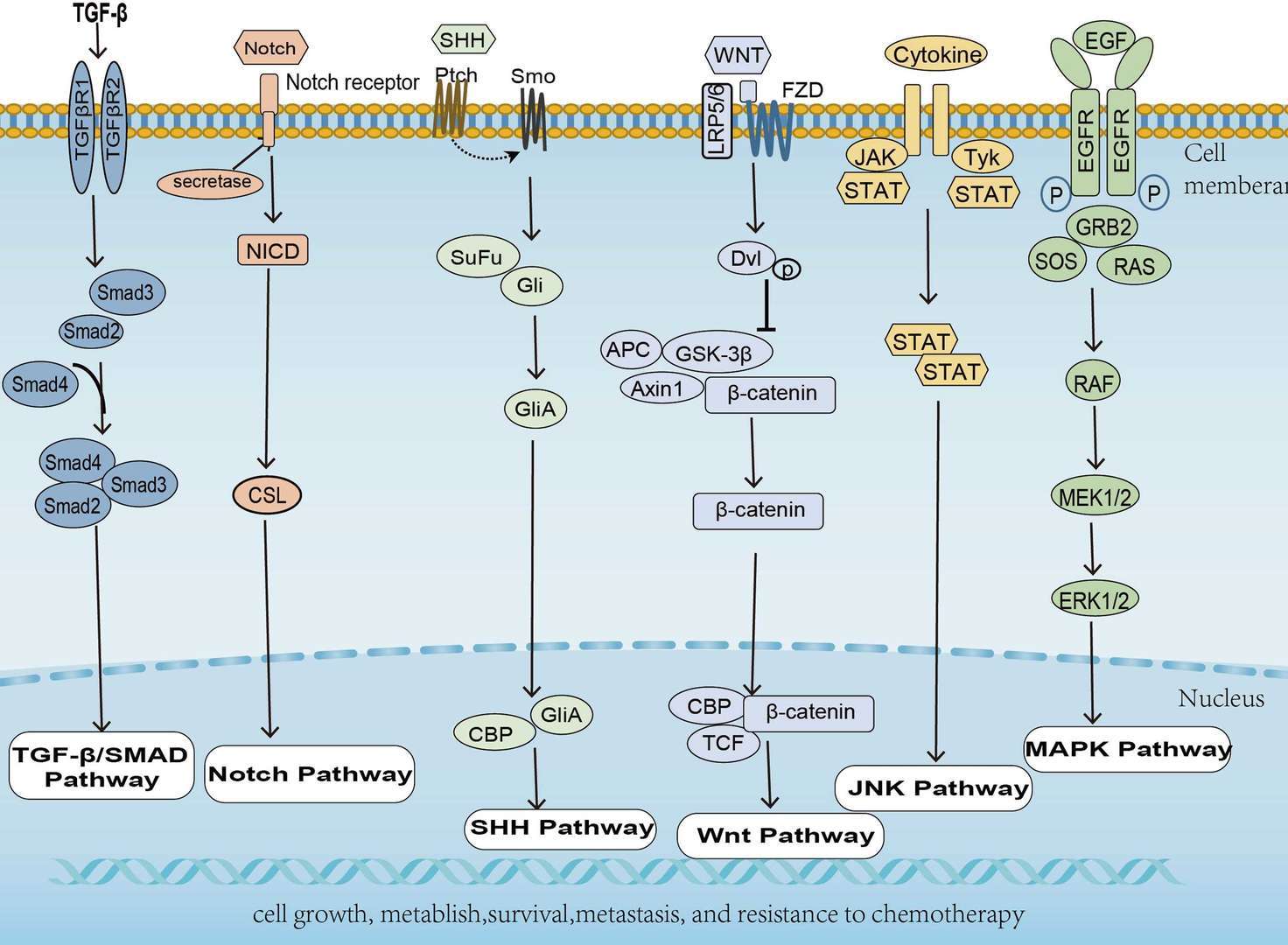 Loading...
Loading...

SHH
Anti-SHH Recombinant Antibody Products
- Mouse Anti-SHH Recombinant Antibody (clone 5H4) (VS3-XY1420)
-
- Species Reactivity: Human
- Type: Mouse IgG1
- Application: ELISA, WB, FC, IHC
- Mouse Anti-SHH Recombinant Antibody (clone 8G3) (VS3-XY1421)
-
- Species Reactivity: Human
- Type: Mouse IgG1
- Application: ELISA, WB
- Rabbit Anti-SHH Recombinant Antibody (VS3-WK985) (VS3-WK985)
-
- Derivation: Rabbit
- Species Reactivity: Human
- Type: Rabbit IgG
- Application: WB, ICC, IF, IHC, FC
- Recombinant Rabbit Anti-SHH Antibody (clone R06-9H9) (VS3-FY1333)
-
- Species Reactivity: Human, Mouse
- Type: Rabbit IgG
- Application: WB, IHC-Fr, IHC-P, ICC, IF
- Mouse Anti-SHH Recombinant Antibody (clone 5E1) (FAMAB-1549CQ)
-
- Species Reactivity: Human, Rat
- Type: Mouse IgG1
- Application: Block, WB, ELISA, IHC
-
- Species Reactivity: Human
- Type: Mouse IgG
- Application: WB, ELISA
- Human Anti-SHH Recombinant Antibody (clone 1H10) (HPAB-AP790-YC)
-
- Species Reactivity: Human
- Type: Human IgG
- Application: ELISA, Inhib
- Human Anti-SHH Recombinant Antibody (clone 4B6) (HPAB-AP791-YC)
-
- Species Reactivity: Human
- Type: Human IgG
- Application: ELISA, Inhib
- Human Anti-SHH Recombinant Antibody (clone 1G1) (HPAB-AP792-YC)
-
- Species Reactivity: Human, Mouse
- Type: Human IgG2
- Application: ELISA, Inhib
- Human Anti-SHH Recombinant Antibody (clone 1H8) (HPAB-AP793-YC)
-
- Species Reactivity: Human
- Type: Human IgG2
- Application: ELISA, Inhib
- Human Anti-SHH Recombinant Antibody (clone 1A5) (HPAB-AP794-YC)
-
- Species Reactivity: Human
- Type: Human IgG
- Application: ELISA, Inhib
- Human Anti-SHH Recombinant Antibody (clone 1G1OP) (HPAB-AP795-YC)
-
- Species Reactivity: Human
- Type: Human IgG
- Application: ELISA, Inhib
-
- Species Reactivity: Human
- Type: Rabbit IgG
- Application: WB, IF, IHC, FC
- Mouse Anti-SHH Recombinant Antibody (HPAB-N0236-YC) (HPAB-N0236-YC)
-
- Species Reactivity: Human
- Type: Mouse IgG
- Application: ELISA, FC, WB, FuncS, Inhib, IF
- Human Anti-SHH Recombinant Antibody (clone 1A12) (HPAB-AP788-YC)
-
- Species Reactivity: Human
- Type: Human IgG
- Application: ELISA, Inhib
- Human Anti-SHH Recombinant Antibody (clone 1G12) (HPAB-AP789-YC)
-
- Species Reactivity: Human
- Type: Human IgG
- Application: ELISA, Inhib
- Recombinant Anti-human SHH Antibody (MOB-902)
-
- Derivation: Mouse
- Species Reactivity: Human
- Type: IgG
- Application: ELISA, WB, Neut, FuncS
-
- Derivation: Human
- Species Reactivity: Human
- Type: IgG
- Application: WB, IHC, FuncS
-
- Species Reactivity: Human
- Type: Mouse antibody
- Application: ICC/IF, WB, sELISA
- Human Anti-SHH Recombinant Antibody (clone 3H8) (HPAB-0710-CN)
-
- Species Reactivity: Human
- Type: Human IgG2
- Application: ELISA, FC
- Human Anti-SHH Recombinant Antibody (clone 6D7OP) (HPAB-0711-CN)
-
- Species Reactivity: Mouse
- Type: Human IgG1
- Application: ELISA, FC, Neut
- Human Anti-SHH Recombinant Antibody (clone 3H8OP) (HPAB-0712-CN)
-
- Species Reactivity: Mouse
- Type: Human IgG1
- Application: ELISA, FC
- Recombinant Human Anti-human SHH Antibody Fab Fragment (MHH-902-F(E))
-
- Derivation: Human
- Species Reactivity: Human
- Type: Fab
- Application: WB, FC, FuncS
- Recombinant Human Anti-human SHH Antibody scFv Fragment (MHH-902-S(P))
-
- Derivation: Human
- Species Reactivity: Human
- Type: scFv
- Application: ELISA, WB, IF, FuncS
- Recombinant Anti-human SHH Antibody Fab Fragment (MOB-902-F(E))
-
- Derivation: Mouse
- Species Reactivity: Human
- Type: Fab
- Application: IF, FC, FuncS
- Recombinant Anti-human SHH Antibody scFv Fragment (MOB-902-S(P))
-
- Derivation: Mouse
- Species Reactivity: Human
- Type: scFv
- Application: IP, IF, Biosensors, FuncS
- Human Anti-SHH Recombinant Antibody (clone 3H8); scFv Fragment (HPAB-0710-CN-S(P))
-
- Species Reactivity: Human
- Type: Human scFv
- Application: ELISA, FC
- Human Anti-SHH Recombinant Antibody (clone 6D7OP); scFv Fragment (HPAB-0711-CN-S(P))
-
- Species Reactivity: Mouse
- Type: Human scFv
- Application: ELISA, FC, Neut
- Human Anti-SHH Recombinant Antibody (clone 3H8OP); scFv Fragment (HPAB-0712-CN-S(P))
-
- Species Reactivity: Mouse
- Type: Human scFv
- Application: ELISA, FC
- Human Anti-SHH Recombinant Antibody (clone 3H8); Fab Fragment (HPAB-0710-CN-F(E))
-
- Species Reactivity: Human
- Type: Human Fab
- Application: ELISA, FC
- Human Anti-SHH Recombinant Antibody (clone 6D7OP); Fab Fragment (HPAB-0711-CN-F(E))
-
- Species Reactivity: Mouse
- Type: Human Fab
- Application: ELISA, FC, Neut
- Human Anti-SHH Recombinant Antibody (clone 3H8OP); Fab Fragment (HPAB-0712-CN-F(E))
-
- Species Reactivity: Mouse
- Type: Human Fab
- Application: ELISA, FC
-
- Derivation: Chimeric (mouse/human)
- Species Reactivity: Human
- Type: Fab
- Application: Neut
-
- Species Reactivity: Human
- Type: Mouse scFv
- Application: Neut
- Mouse Anti-SHH Recombinant Antibody; scFv Fragment (HPAB-N0236-YC-S(P)) (HPAB-N0236-YC-S(P))
-
- Species Reactivity: Human
- Type: Mouse scFv
- Application: ELISA, FC, WB, FuncS
- Mouse Anti-SHH Recombinant Antibody; Fab Fragment (HPAB-N0236-YC-F(E)) (HPAB-N0236-YC-F(E))
-
- Species Reactivity: Human
- Type: Mouse Fab
- Application: ELISA, FC, WB, FuncS
- Human Anti-SHH Recombinant Antibody (clone 1A5); scFv Fragment (HPAB-AP794-YC-S(P))
-
- Species Reactivity: Human
- Type: Human scFv
- Application: ELISA, Inhib
- Human Anti-SHH Recombinant Antibody (clone 1G1OP); scFv Fragment (HPAB-AP795-YC-S(P))
-
- Species Reactivity: Human
- Type: Human scFv
- Application: ELISA, Inhib
- Human Anti-SHH Recombinant Antibody (clone 1A12); Fab Fragment (HPAB-AP788-YC-F(E))
-
- Species Reactivity: Human
- Type: Human Fab
- Application: ELISA, Inhib
- Human Anti-SHH Recombinant Antibody (clone 1G12); Fab Fragment (HPAB-AP789-YC-F(E))
-
- Species Reactivity: Human
- Type: Human Fab
- Application: ELISA, Inhib
- Human Anti-SHH Recombinant Antibody (clone 1H10); Fab Fragment (HPAB-AP790-YC-F(E))
-
- Species Reactivity: Human
- Type: Human Fab
- Application: ELISA, Inhib
- Human Anti-SHH Recombinant Antibody (clone 4B6); Fab Fragment (HPAB-AP791-YC-F(E))
-
- Species Reactivity: Human
- Type: Human Fab
- Application: ELISA, Inhib
- Human Anti-SHH Recombinant Antibody (clone 1A12); scFv Fragment (HPAB-AP788-YC-S(P))
-
- Species Reactivity: Human
- Type: Human scFv
- Application: ELISA, Inhib
- Human Anti-SHH Recombinant Antibody (clone 1G12); scFv Fragment (HPAB-AP789-YC-S(P))
-
- Species Reactivity: Human
- Type: Human scFv
- Application: ELISA, Inhib
- Human Anti-SHH Recombinant Antibody (clone 1H10); scFv Fragment (HPAB-AP790-YC-S(P))
-
- Species Reactivity: Human
- Type: Human scFv
- Application: ELISA, Inhib
- Human Anti-SHH Recombinant Antibody (clone 4B6); scFv Fragment (HPAB-AP791-YC-S(P))
-
- Species Reactivity: Human
- Type: Human scFv
- Application: ELISA, Inhib
- Human Anti-SHH Recombinant Antibody (clone 1G1); scFv Fragment (HPAB-AP792-YC-S(P))
-
- Species Reactivity: Human, Mouse
- Type: Human scFv
- Application: ELISA, Inhib
- Human Anti-SHH Recombinant Antibody (clone 1H8); scFv Fragment (HPAB-AP793-YC-S(P))
-
- Species Reactivity: Human
- Type: Human scFv
- Application: ELISA, Inhib
- Human Anti-SHH Recombinant Antibody (clone 1G1); Fab Fragment (HPAB-AP792-YC-F(E))
-
- Species Reactivity: Human, Mouse
- Type: Human Fab
- Application: ELISA, Inhib
- Human Anti-SHH Recombinant Antibody (clone 1H8); Fab Fragment (HPAB-AP793-YC-F(E))
-
- Species Reactivity: Human
- Type: Human Fab
- Application: ELISA, Inhib
- Human Anti-SHH Recombinant Antibody (clone 1A5); Fab Fragment (HPAB-AP794-YC-F(E))
-
- Species Reactivity: Human
- Type: Human Fab
- Application: ELISA, Inhib
- Human Anti-SHH Recombinant Antibody (clone 1G1OP); Fab Fragment (HPAB-AP795-YC-F(E))
-
- Species Reactivity: Human
- Type: Human Fab
- Application: ELISA, Inhib
Can't find the products you're looking for? Try to filter in the left sidebar.Filter By Tag
Our customer service representatives are available 24 hours a day, from Monday to Sunday. Contact Us
For Research Use Only. Not For Clinical Use.
Disease related genes, Human disease related genes
Intracellular
Cell type enhanced (Hepatocytes, Cholangiocytes, Pancreatic endocrine cells, Gastric mucus-secreting cells, Collecting duct cells, Intestinal goblet cells, Urothelial cells, Basal prostatic cells)
Not detected in immune cells
Cell line enhanced (EFO-21, GAMG, OE19, RT4)
[Sonic hedgehog protein N-product]: Multimer. Interacts with HHATL/GUP1 which negatively regulates HHAT-mediated palmitoylation of the SHH N-terminus (By similarity). Interacts with BOC and CDON (By similarity). Interacts with HHIP (PubMed:19561609). Interacts with DISP1 via its cholesterol anchor (PubMed:22902404, 22677548). Interacts with SCUBE2 (PubMed:24522195, 22677548). Interacts with glypican GPC3 (By similarity).
Developmental protein, Hydrolase, Protease

 Hedgehog Signaling Pathway
Hedgehog Signaling Pathway
 JAK-STAT Signaling Pathway
JAK-STAT Signaling Pathway
 Pancreatic Cancer
Pancreatic Cancer